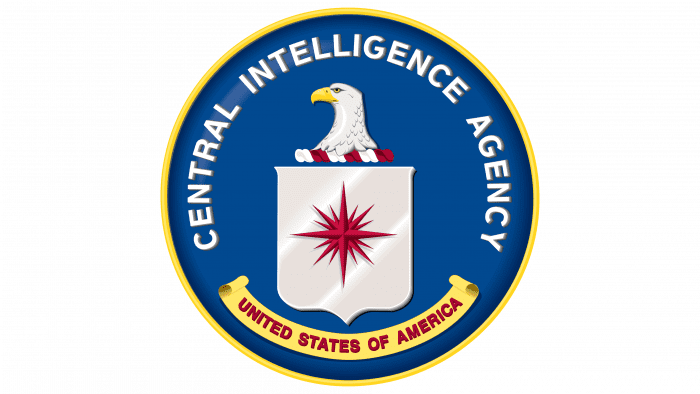CASA: Brand overview
Spanish company Construcciones Aeronáuticas SA, commonly known as CASA, was a significant player in aviation. José Ortiz-Echagüe, an accomplished Spanish engineer and pilot, founded CASA in 1923 as a state-owned aircraft construction company. The company was based in Madrid and was known for its innovative design and construction of aircraft in Spain.
In its early years, especially in the 1920s and 30s, CASA built various early model aircraft under license agreements with international corporations. However, with the outbreak of World War II, the company shifted its focus to military aviation. During this period, CASA produced such famous aircraft as the CASA 2.111 bomber, specifically for the Spanish Air Force.
After the end of the war, CASA’s orientation changed again, and the company began to focus more on civil aviation. The company began producing regional airliners and cargo aircraft, making a significant contribution to the development of civilian air transportation. Some of the company’s most famous designs include the CASA DC series, the CASA C-212 Aviocar, and the CASA CN-235 regional airliners.
Not limited to building entire airplanes, CASA has demonstrated its versatility by manufacturing parts and assemblies for industry giants such as Airbus, Lockheed, and Boeing. This demonstrated its technical prowess and broad capabilities in the aviation industry.
However, by 1999, CASA had fully integrated with Airbus, leading to the gradual abandonment of the historic CASA brand. At its zenith, CASA had more than 11,000 employees working in various plants and offices throughout Spain.
During its rich 86-year history, CASA produced around 500 airplanes before joining Airbus in 2009. This marked the end of CASA’s existence as an independent brand and was a testament to its contribution to the world’s aviation powerhouse.
Meaning and History
1923 – today
The Spanish aircraft manufacturer left the market in 2009, but its logo with the word “CASA” (Construcciones Aeronáuticas SA) still serves as a reminder. The abbreviation is painted in dark blue, symbolizing the sky, balance, and reliability. The distance between the letters is so small that they seem to merge together. Despite this, the brand name remains clear and legible thanks to the use of bold, unadorned type. On the right is a dark blue rhombus with a white airplane in the background. The abstract silhouette of the airplane is visible in the negative space.
The dark blue diamond is interpreted as a window to the sky or the universe, signifying the company’s aspiration or the breadth of its aviation technology. The abstract silhouette of an airplane in negative space is a subtle but effective way to signify the company’s core focus without overcomplicating the design.





